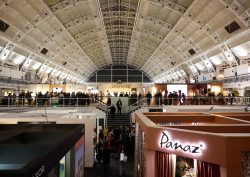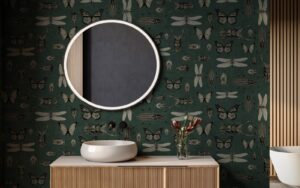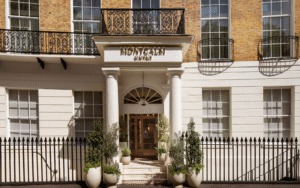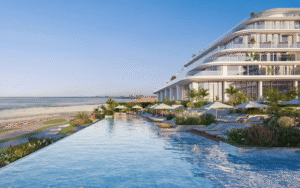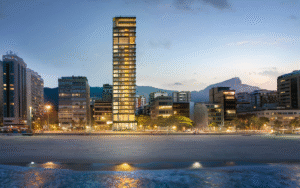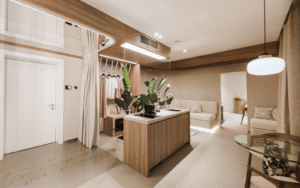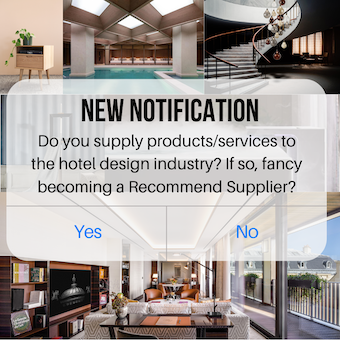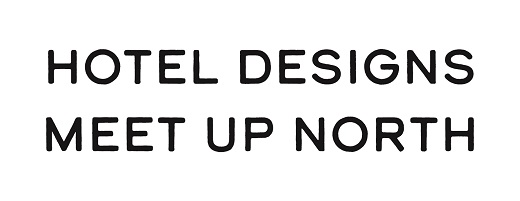An Architect, Interior Designer and Consultant walk on to a stage, and the Editor asks…
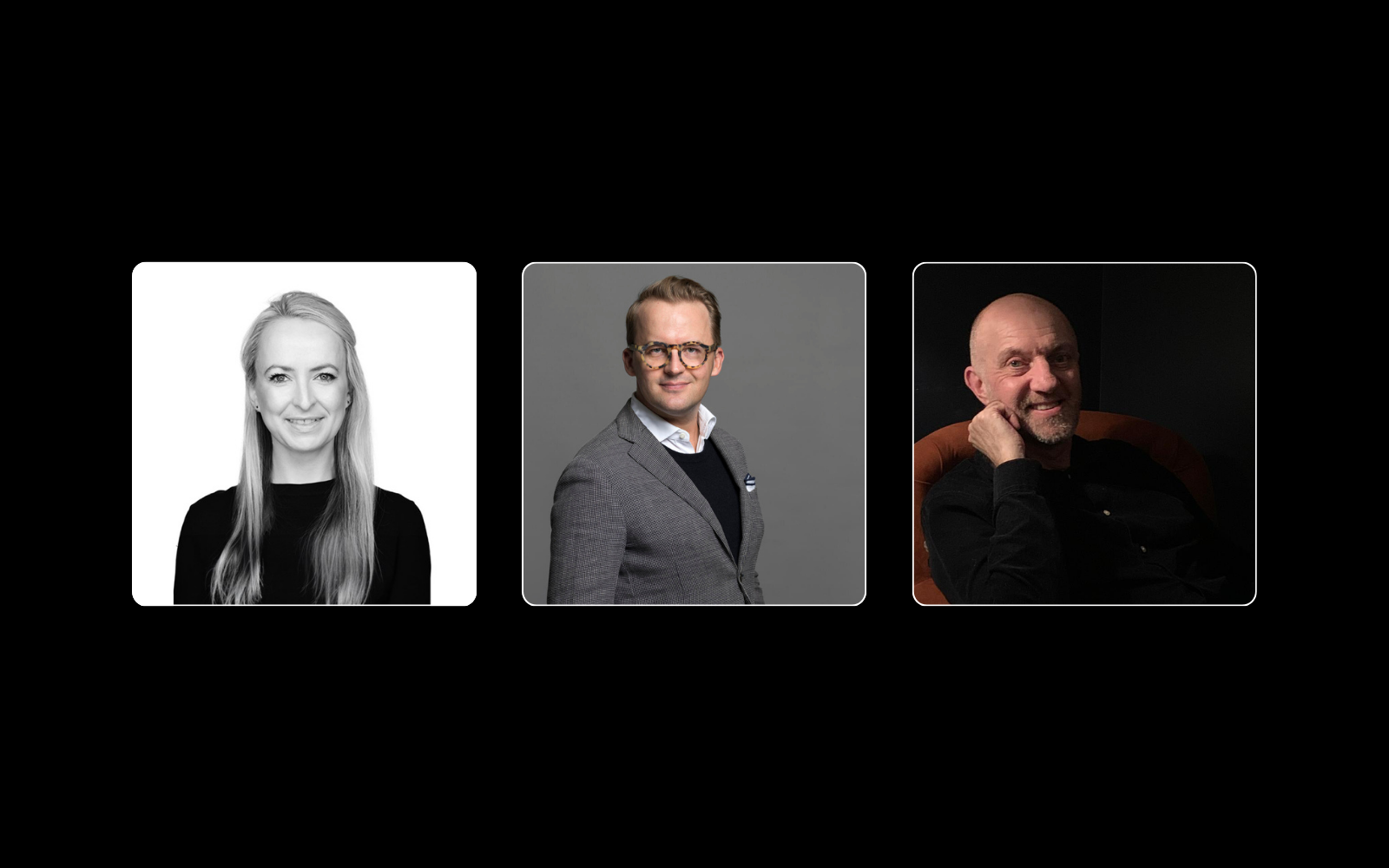
In the world of hospitality design, achieving a seamless integration of architectural, interior, and technical elements requires more than just a strong creative vision — it demands exceptional collaboration and communication between all stakeholders.
In a panel discussion hosted by Hotel Designs Editor Sophie Harper, in partnership with Schlüter-Systems, three design industry experts — Elizabeth Walton, Associate Director of ReardonSmith Architects, John Paul Pederson, Creative Director at Wimberly Interiors, and Martin Radley, Director of ESquared Consulting — shared key insights as to how each professional’s role contributes to ensuring that a project remains true to its original design intent.
Martin Radley, a services engineer specialising in Mechanical, Electrical, and Plumbing (MEP) systems, opened the discussion by explaining how his work integrates critical technical components into hotel projects: “Our job is to ensure that MEP services align seamlessly with the design rather than disrupt it. MEP systems are often seen as purely functional, but if integrated correctly, they enhance the space rather than interfere with it.”
A key takeaway from the panel discussion, the speakers agreed that by working closely together any potential conflicts can be anticipated and mitigated before they arise, ultimately ensuring that all efforts and solutions are both practically and aesthetically aligned with the design. John Paul Pederson independently echoed these sentiments, highlighting that a successful project hinges on maintaining an open line of communication between all teams. He stated that “when every discipline understands the design intent from the beginning, we can collectively find ways to uphold that vision, even when faced with constraints.”
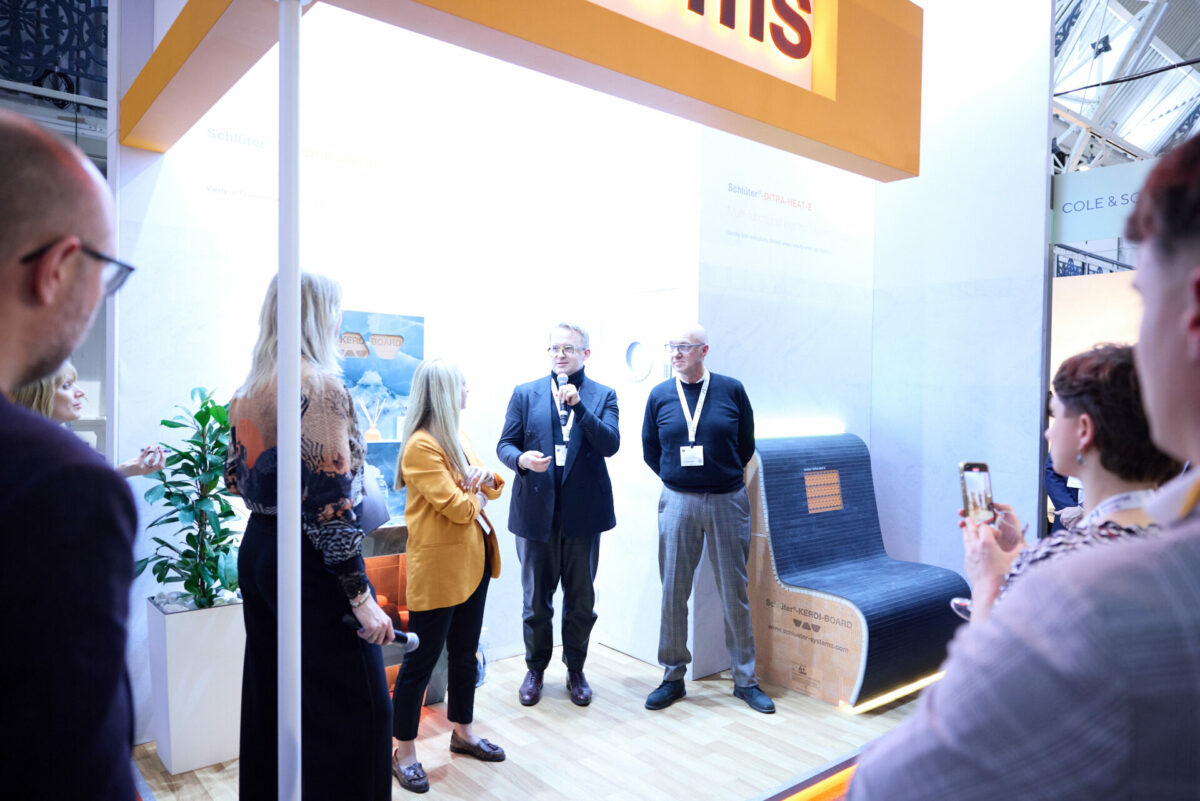
Image credit: HIX
Sophie Harper thus questioned if it is necessary to have a key person overseeing the project in order to maintain design integrity. Walton wholeheartedly agreed, stating that having a dedicated professional to safeguard the design vision is essential for successful project execution and that, without someone at the helm, the risk of deviations increases, particularly when multiple stakeholders are involved.
A primary challenge for maintaining design integrity, Walton noted, is balancing aesthetic and functional demands. “As architects, we develop the design, so we’re best positioned to oversee its execution and ensure that what is built aligns with the client’s expectations,” said Walton, which is why her team’s role extends way beyond blueprints — they actively monitor the construction process to catch potential discrepancies before they become irreversible.
Pederson added that the interior design team plays a similar role in maintaining aesthetic consistency and that his team works closely with both architects and engineers to ensure that nothing is lost in translation during the build process: “From material selections to furniture placement, every detail contributes to the story we’re telling.”
Throughout the discussion, communication became evidently integral to maintaining a project’s original design vision. Walton cited that clear documentation and regular check-ins help mitigate the risk of misinterpretation, while Pederson addressed that “it’s not just about aesthetics — but about ensuring that every decision reinforces the overall story we’re telling”. The choice of materials, lighting design, or spatial layout, for instance, should each contribute to the cohesive whole.
The panel discussion underscored the importance of implementing more than just technical skill or creative expertise, to maintain a design’s integrity — it demands time and effort, and the seamless collaboration and communication of interdisciplinary teams. The panel agreed that each professional plays a vital role in upholding the integrity of the design, and thus ensuring that the final product reflects the original concept.
Walton summed it up best: “When everyone is aligned from the beginning, the end result is not just a building — it’s a fully realised vision,” by fostering teamwork, maintaining open lines of communication, and being clear with the original design intent, hotel projects can achieve both functional excellence and artistic integrity.
Schlüter-Systems is one of our Recommended Suppliers and regularly features in our Supplier News section of the website. If you are interested in becoming one of our Recommended Suppliers, please email Katy Phillips.
Main image credit: Hotel Designs








